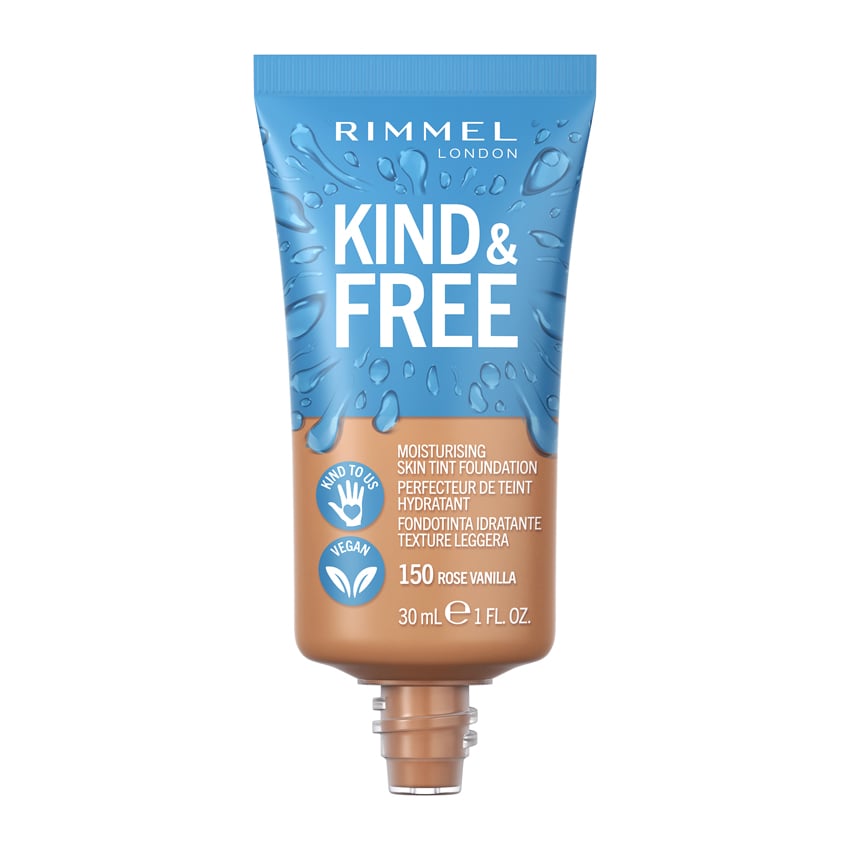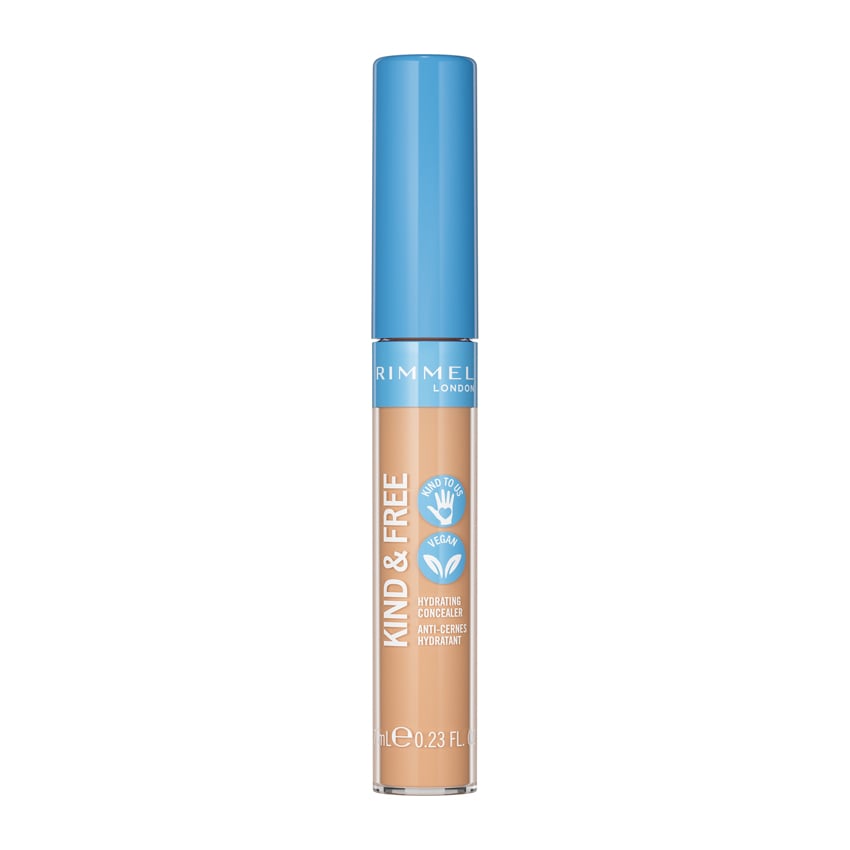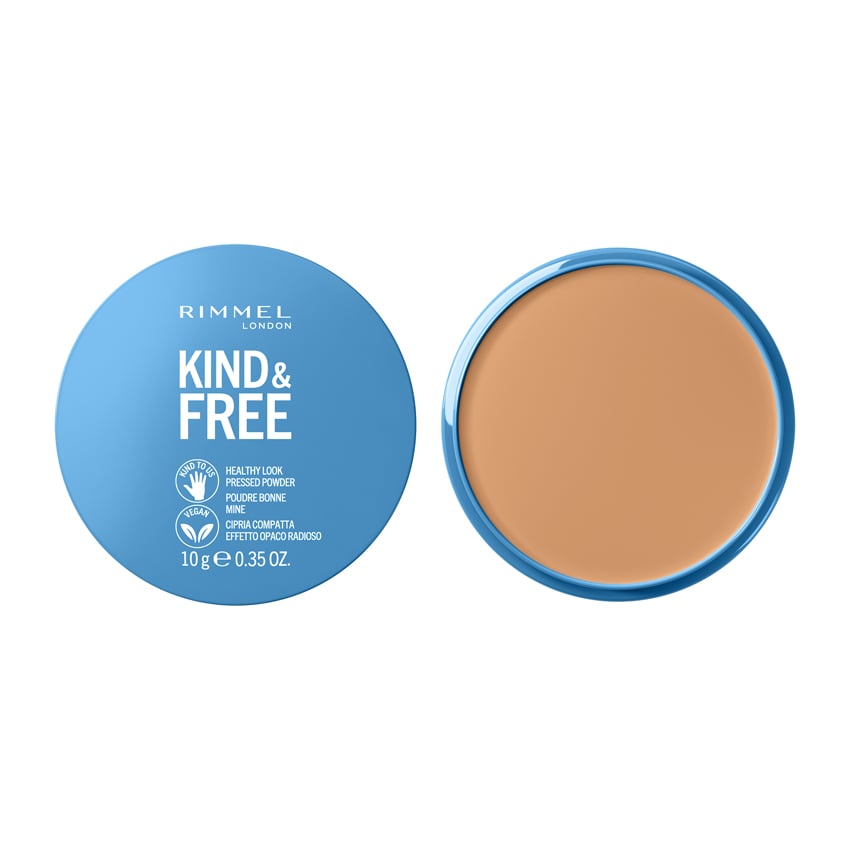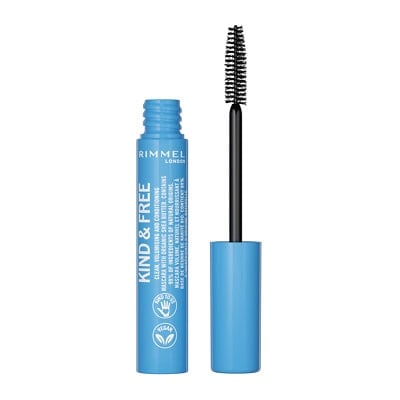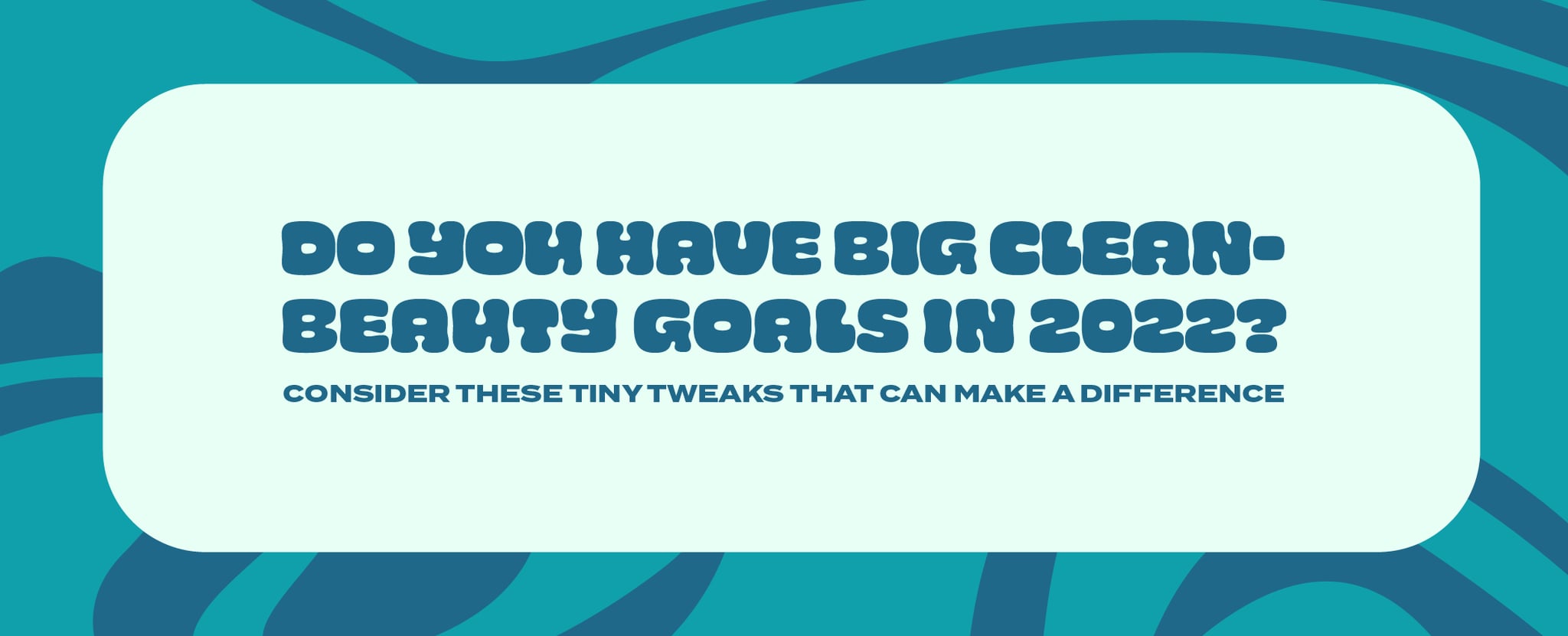
Rimmel How to Make Clean Swaps in Your Beauty Routine
Do You Have Big Clean-Beauty Goals in 2022? Consider These Tiny Tweaks That Can Make a Difference

We're officially in an age when a "clean" lifestyle is the new standard. After learning all we have about carbon footprints, the benefits of vegan habits, and PCR packaging, it's almost impossible to not want to make big changes to your routine that can have a huge impact on the world around you. But where do you begin?
So, you've got your goals set — you know you want to reduce your waste consumption or slowly shift to using more ethically sourced ingredients, but how? Navigating the clean-beauty space can be tricky, and it can feel like the pressure is on to make pivotal decisions overnight while tossing out everything you own. But we're here to show you the tiny tweaks to start with. Ahead, navigate your way through the cleaner, more Earth-friendly choices that can help you accomplish your 2022 goals.
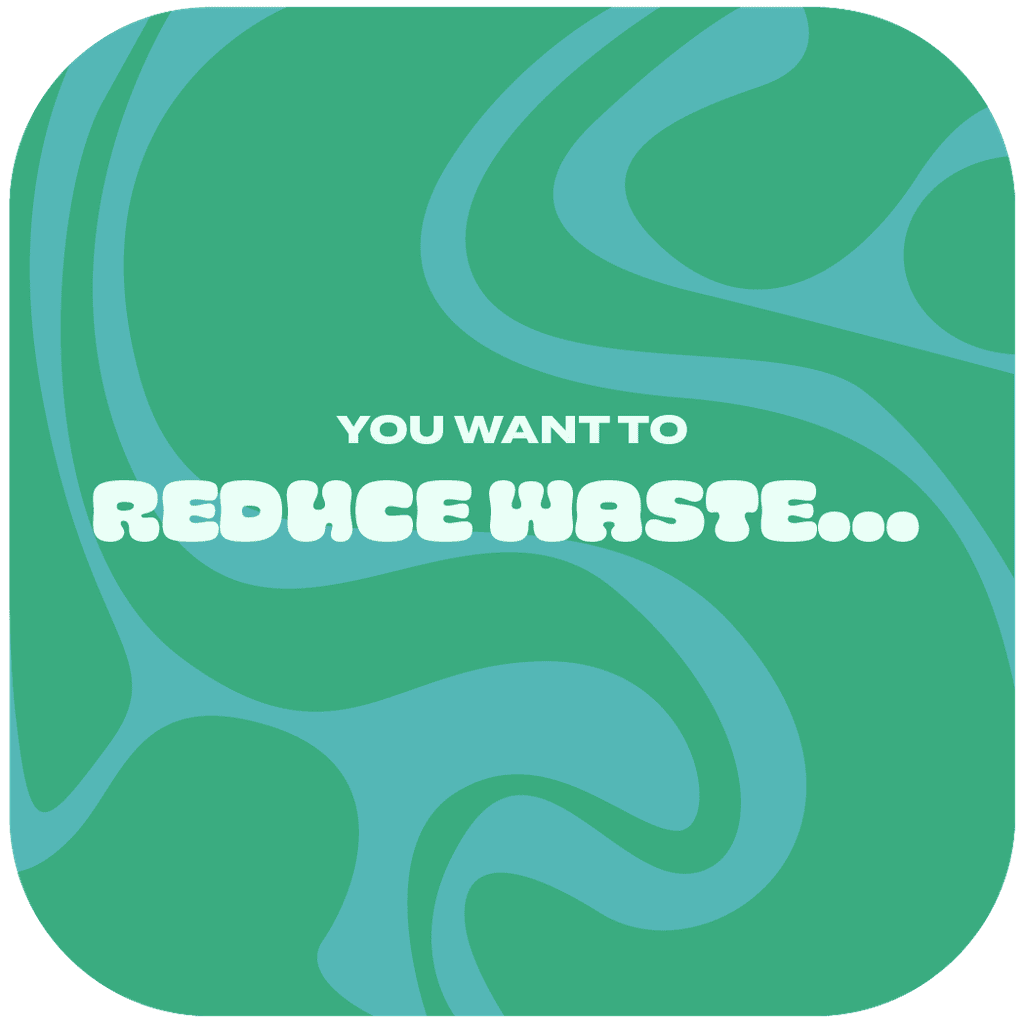
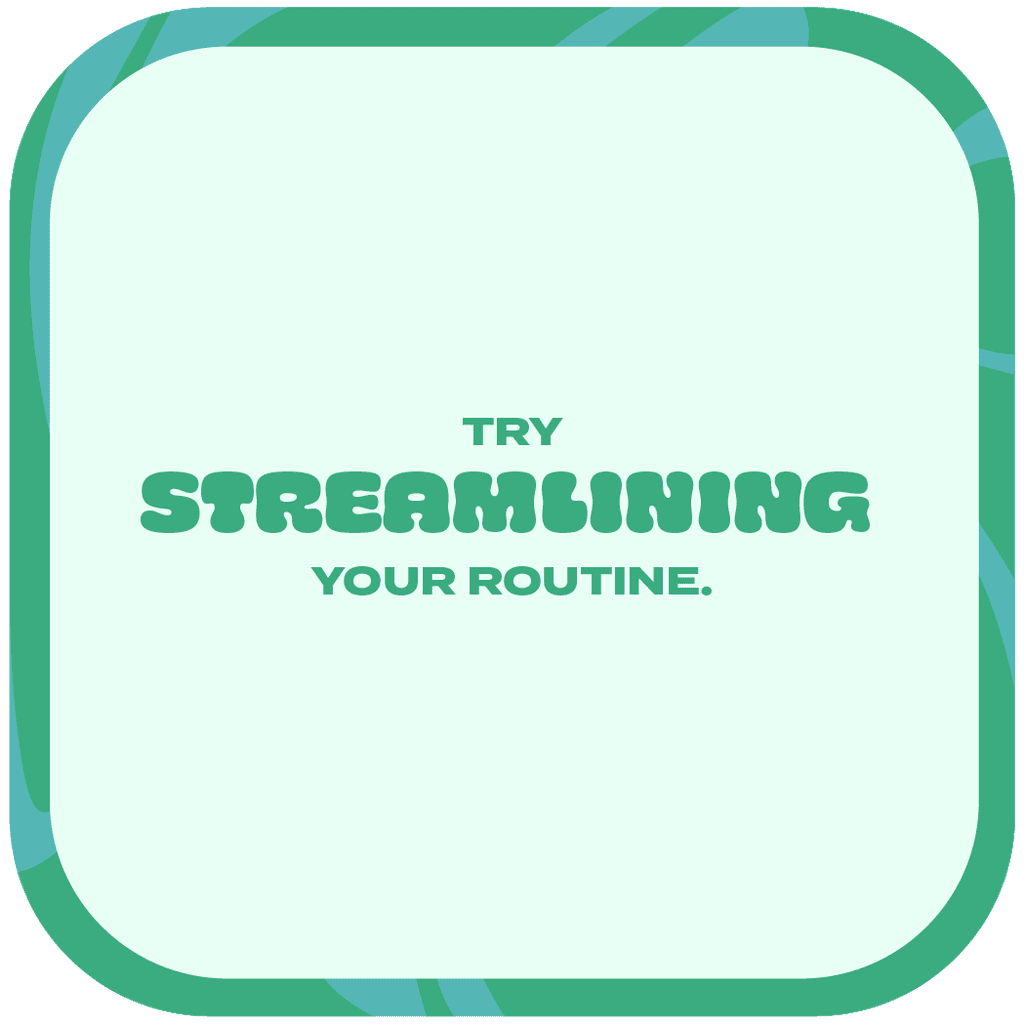
A 20-step beauty routine can be cathartic to run through every morning and night, but if we're being honest with ourselves, we know it's not necessarily worth all of the plastic waste. Knowing what we know now about waste reduction, it feels unnecessary to own more than one — OK, maybe two — mascaras at a time. Getting into the habit of using up products as you buy them not only helps streamline your routine but also reduces how much waste you're contributing to your own ecosystem at home.
Don't forget, makeup expires, so setting the goal of actually hitting pan on your favourite setting powder could be a real game changer. Opt for formulas you can use in your no-makeup and full-coverage looks, so you're more likely to finish one product before buying another. For example, the Rimmel Kind & Free range includes four products — foundation, concealer, powder, and mascara — that are buildable but lightweight, perfect for everyday use.
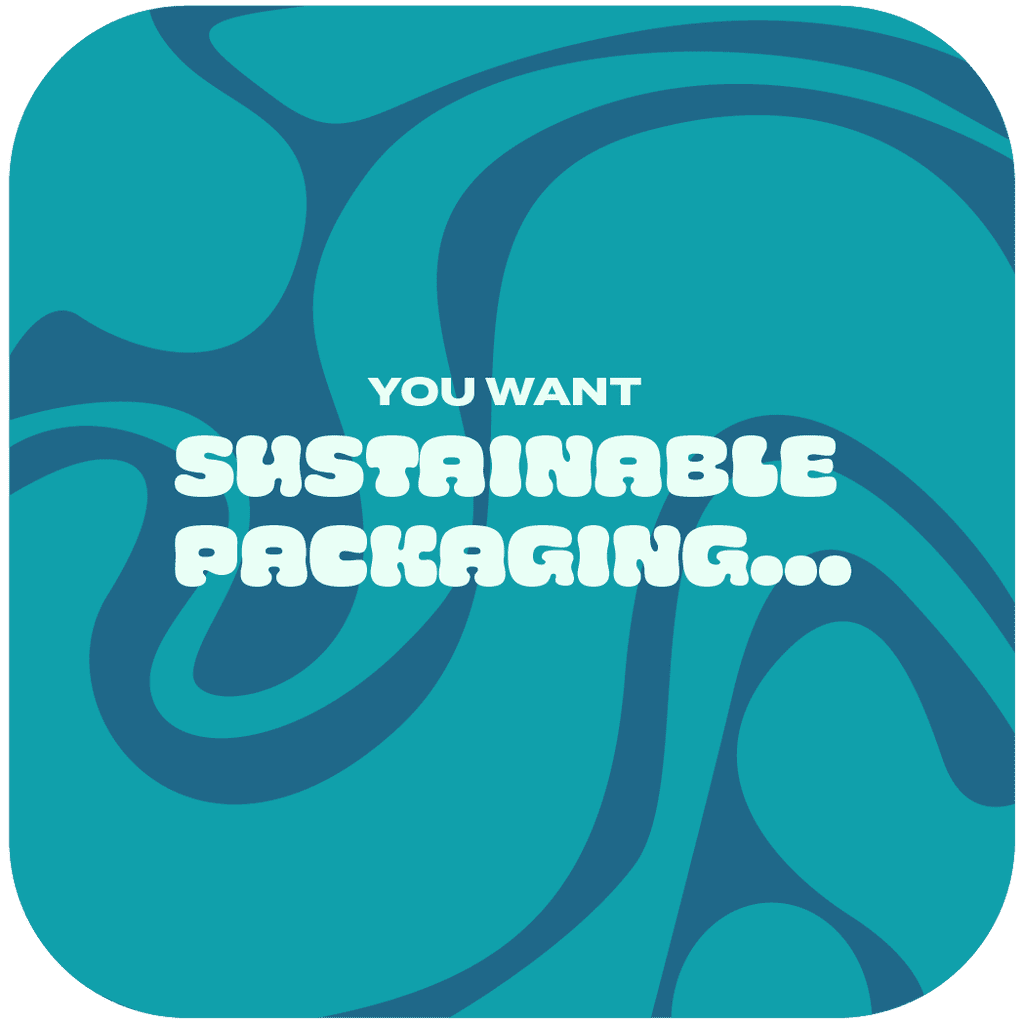
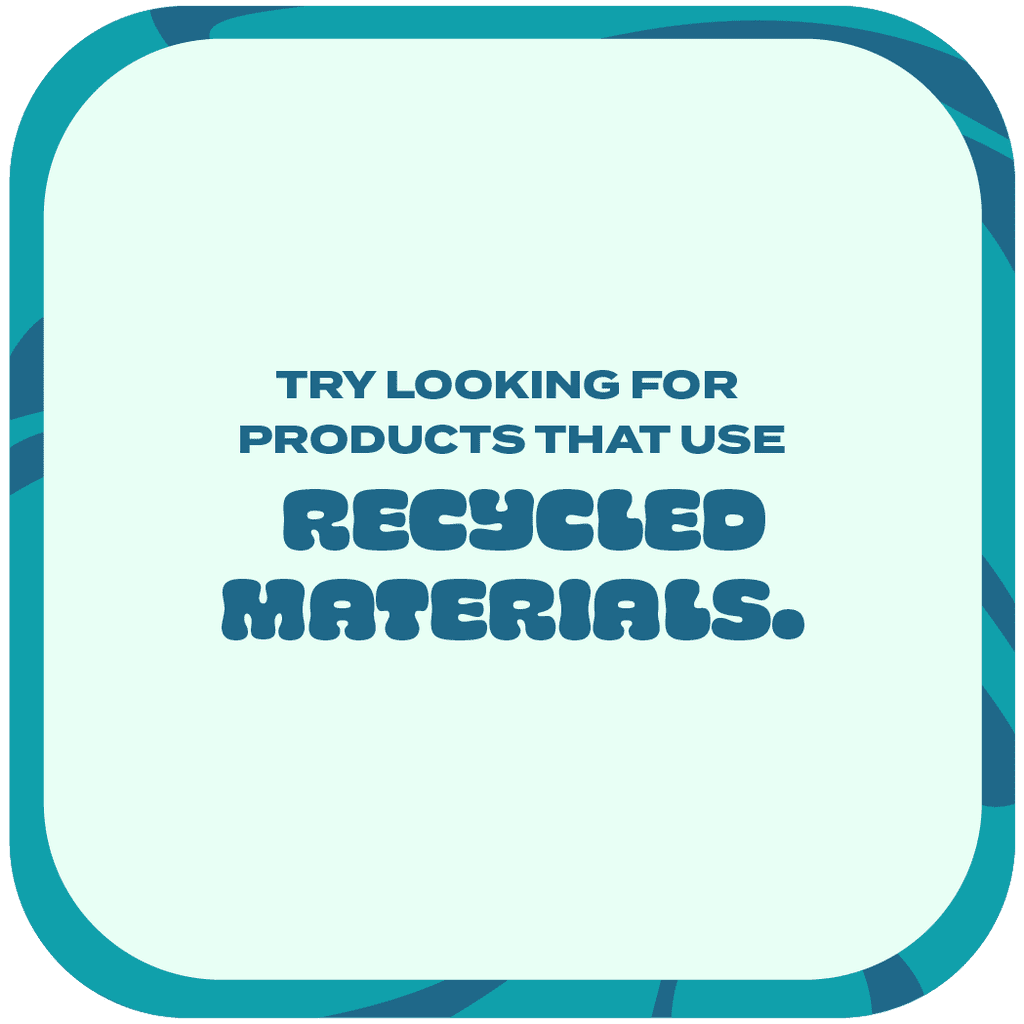
Sustainable packaging is a relatively broad concept, but at its core, it focuses on utilising materials that don't contribute to further depletion of our natural resources. Most of your products are likely housed inside plastic bottles that aren't just difficult to recycle but also often end up in a waste pile. Instead, try opting for products that utilise innovative alternatives, like recycled plastic or refillable glass, which have been proven to make a difference in our carbon footprint. Although we're aiming for perfection, there are brands making these smaller steps, so it's a bit easier for you to shop sustainably. For example, the Rimmel Kind & Free range utilises recycled materials in all of its product packaging, and at least 74 percent of its mascara is made up of recycled plastic.
To put it plainly, the beauty industry has a serious waste problem to address, but these tweaks are working towards a larger goal; Rimmel, for example, aims to be entirely recyclable, reusable, or compostable by 2025.
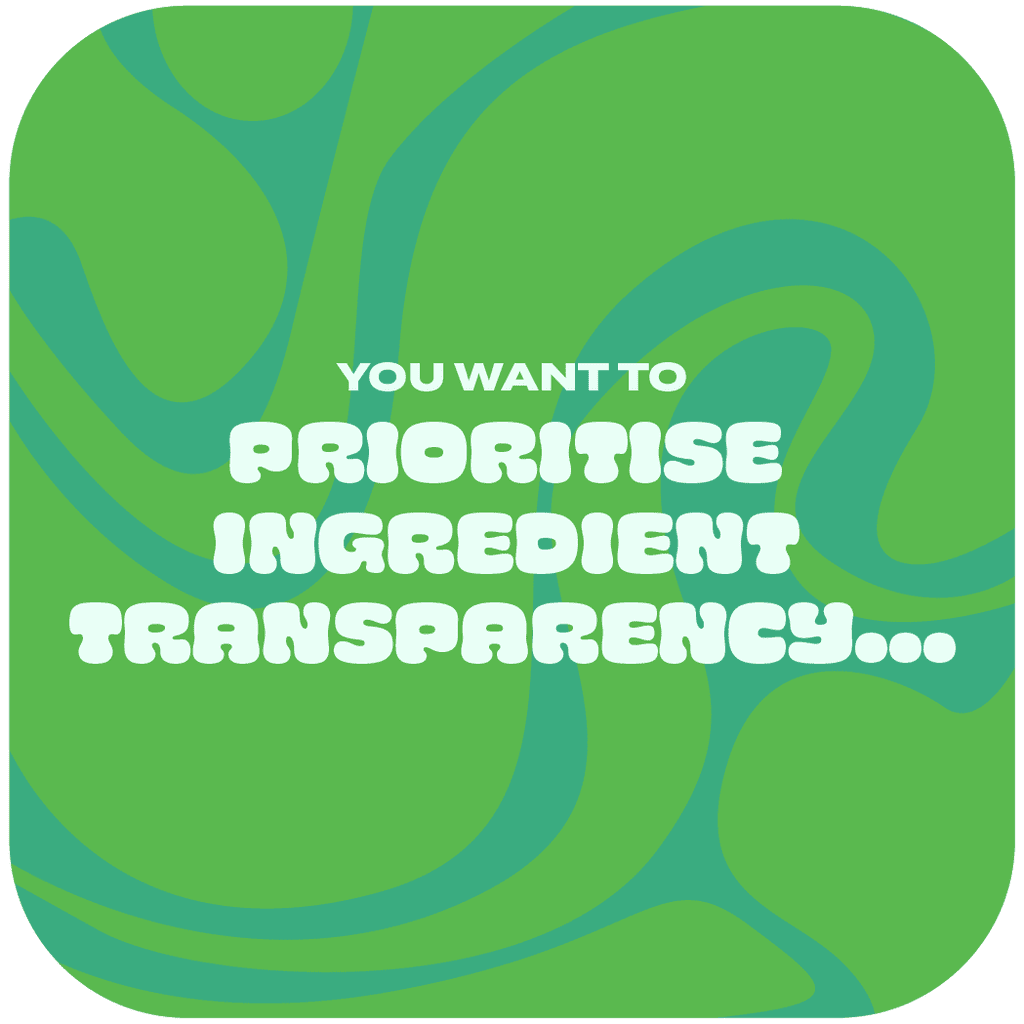
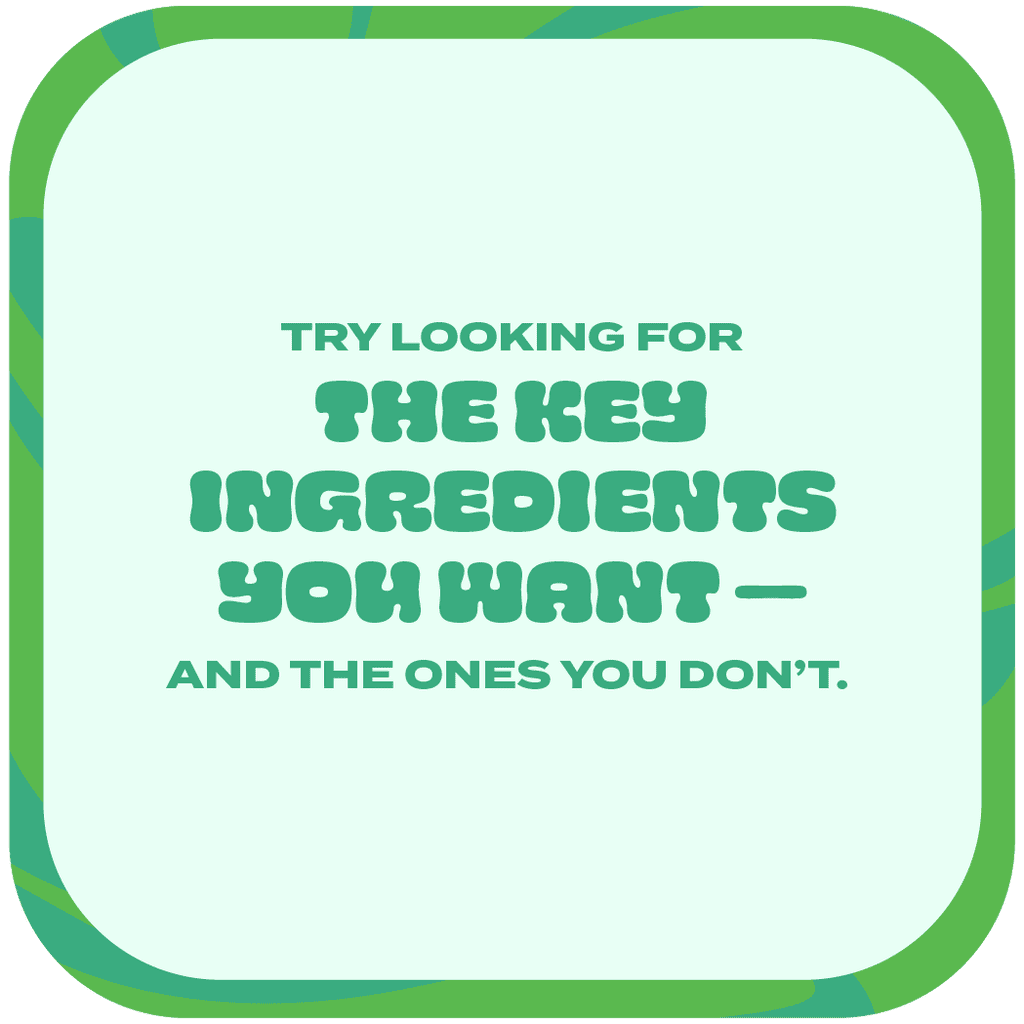
Knowing what you want — and what you don't want — in a beauty product is important. Where were you when you found out the red pigment in many lipsticks was popularly sourced from crushed bugs? It wasn't too long ago that vegan ingredients weren't a major priority for brands, but since learning of the negative impact animal byproducts can have on the environment (and not wanting to exploit animals for their vanity), consumers began to demand innovative alternatives to common nonvegan ingredients. And if you're someone who's concerned with the ethical sourcing of vegan ingredients, you're also likely aware of whether or not the brands you love test on animals. Believe it or not, this is still a very big component of the beauty industry, so checking product packaging for a "vegan" or "kind to animals" logo is an important step while browsing new products.
While some product ranges stop there, others, like Rimmel Kind & Free, keep going. A lot of popular ingredients found in mainstream products aren't sourced from renewable sources. For example, petroleum jelly and mineral oil are found in common routine staples but are byproducts of the petroleum refining process, a nonrenewable resource that contributes to our global climate crisis. Similarly, artificial fragrances often hiding within lengthy ingredient lists have been said to negatively impact our ecosystems. Some may argue that these ingredients, whether they're derived from animals or nonrenewable resources, make our products more effective, but that's not true. The cleaner options are just as effective as their less-sustainable counterparts — and kinder to the environment.
